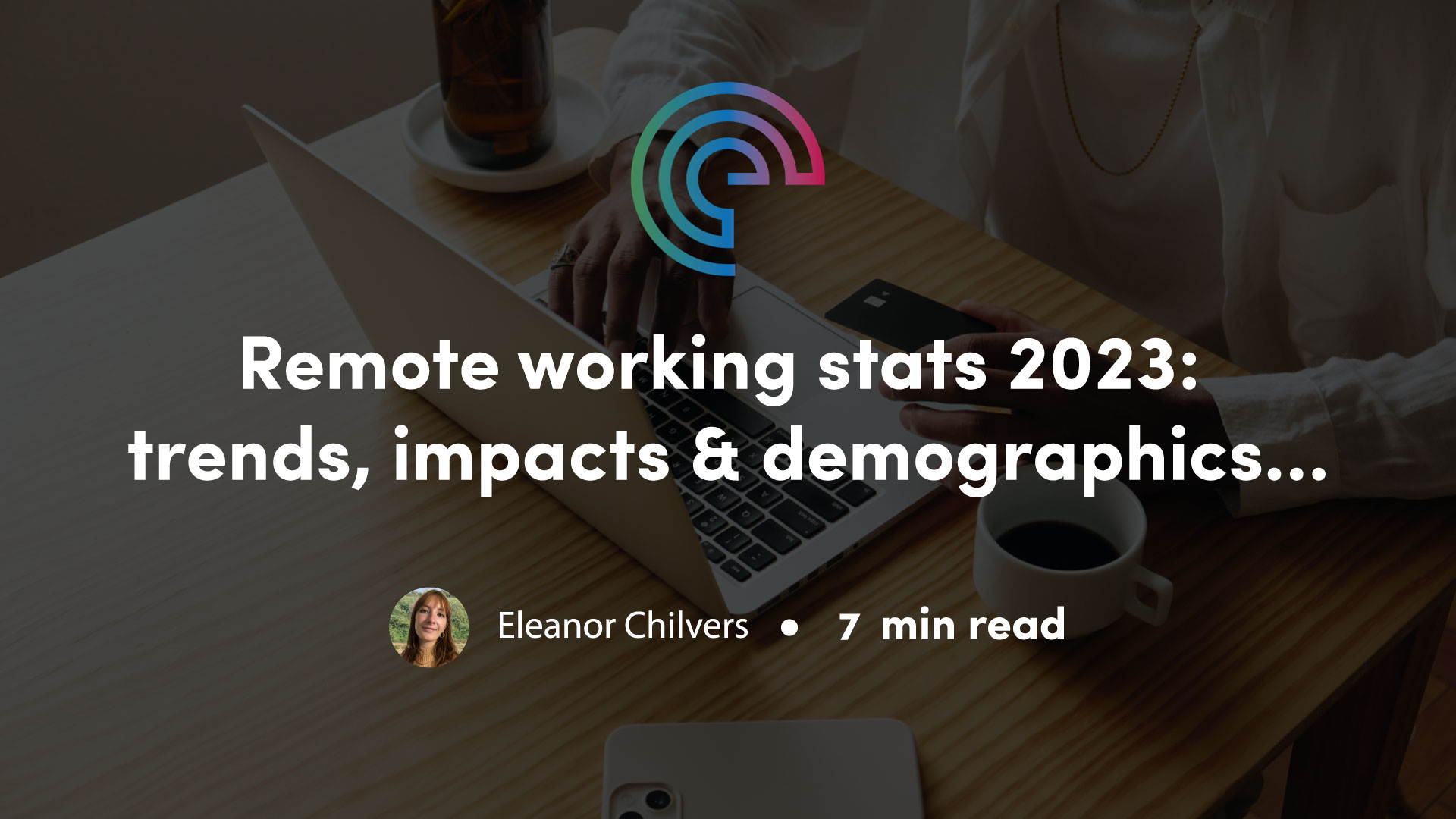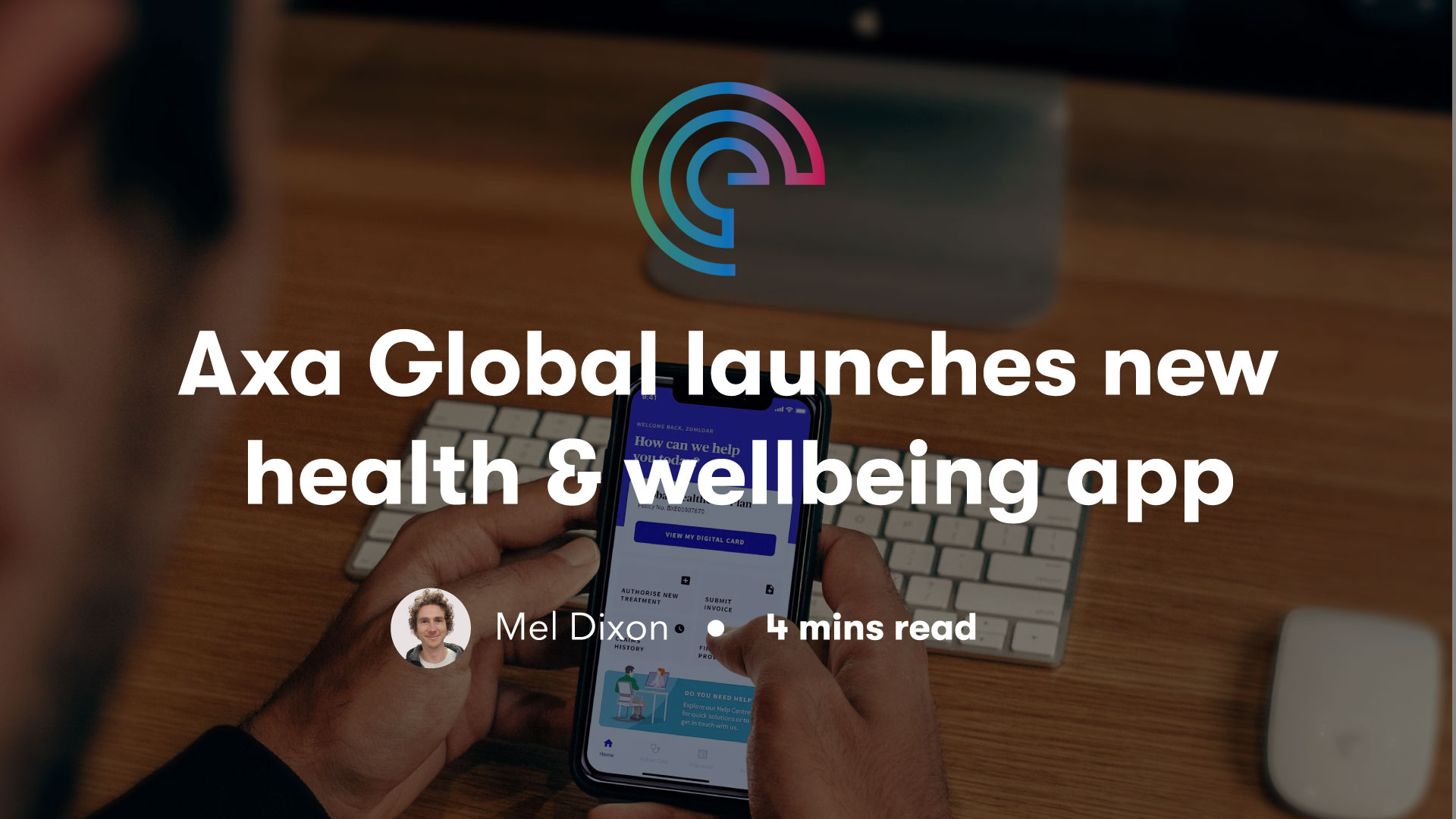The working world has seen huge changes over the last few years as the trend towards homeworking has accelerated. But what has the impact been? And what does the future hold? We’ve scoured the latest remote working stats to find the answers to these questions and much more.
It’s important to note that we are still in the early stages of this huge social and economic shift. Both employee and employer will continue to adapt to the potential advantages and drawbacks of this new way of working.
In the below resource, we’ve gathered up the latest trends, business stats, employee surveys on all things remote work, including:
- The rising trend of remote work
- Impact of remote working on employees
- Demand for homeworking
- Demographics of remote workers
- The home office set-up
- Future of remote work
Seeking out employee benefits for your hybrid workforce? Engage Health Group is a team of award-winning brokers who advise businesses on all issues related to employee benefits. For FREE advice email [email protected] or call 01273 974419.
Remote working stats 2023
The rising trend of remote work
We’re all aware that working from home has spiked in popularity since the pandemic, but to what degree? Felstead, A and Reuschke, D [3] have traced changes over time:
- In 1981 only 1.5% of employees worked mainly from home in the UK
- In 2019 this increased three-fold to 4.7%
- By April 2020 this rose to 43.1% due to the pandemic
- By June 2020 it dropped to 36.5%
- More recently, ONS data from 2022 shows that 24% of UK workers combined working from home with workplace commuting [11].
Impact of remote working on employees
Productivity:
Remote work productivity statistics generally suggest that remote working is beneficial, but there are still contrasting findings. This may be due to different variables at play. For example, how effectively remote workers are managed will be an important factor affecting productivity as will the suitability of each individual’s home workplace setup:
- 40.9% of homeworkers reported that they were able to get as much work done in June 2020 as they were 6 months earlier – Understanding Society [7]
- 28.9% said they got more done, yet 30.2% said their productivity had fallen – WISERD [3]
- 48% reported they need to communicate more to demonstrate their value – CIPD [17]
Work-life balance:
- 78% of those who worked from home in some capacity said it gave them an improved work-life balance – 11
- The top three reported benefits of WFH were ‘flexible scheduling’ (according to 50% of UK respondents), ‘avoiding the commute’ (43%) and being able to better look after family, pets, ageing or unwell relatives (34%). – Gitlab [16]
- 30% find it difficult to separate home life from work life – Nuffield Health [19]
- 30% report an increase in their hours whilst working from home – CIPD [17]
- Biggest struggle with remote work is not being able to unplug, followed by difficulties with collaboration and communication – Statista [20]
Finances:
- 86% reported their spending on utility bills had risen – Census 2021 [22]
- Half of homeworkers (50%) reported spending less on fuel and parking for commuting, and 40% reported spending less on commuting via public transport – Census 2021 [22]
- 33% ‘love’ the savings that WFH brings – Gitlab [16]
- The working from home tax relief was claimed by more than 3 million people for the 2020/21 tax year – HMRC [12]
Wellbeing:
There is a real mixed bag of remote working stats related to wellbeing. Many people will miss the social contact of the workplace, even if they don’t miss the daily commute! Some may have room for a bespoke office, others might be cramped into a corner of their bedroom – and this too will impact on health.
There’s no doubt that overall, remote working has provided a new set of challenges for mental wellbeing.
- 32% of respondents said they experienced less anxiety/stress when homeworking – Gitlab [16]
- A quarter (25%) cited improved health, whether it’s mental, physical or spiritual – Gitlab [16]
- Reduced office politics is another big benefit to working from home, according to 19% of respondents – Gitlab [16]
- 47% of workers recorded improved well-being from working from home in some capacity – 11
- The RSPH found similarly with 45% of people saying that working from home was better for their health and wellbeing, compared to more than a quarter (29%) who thought working from home was worse for their health and wellbeing – RSPH [21]
- But, there are potential downsides, with the most common being feeling less connected to colleagues (67%), taking less exercise (46%), developing musculoskeletal problems (39%) and disturbed sleep (37%) – RSPH [21]
- 60% reported they feel less connected to colleagues – CIPD [17]
Are you seeking out the right blend of employee benefits for your workforce? Engage Health Group is a team of expert brokers working on behalf of businesses to help them achieve the best value benefits for their employees. Email [email protected] or call 01273 974419.
Demand for homeworking
All the remote working stats gathered suggest that there’s a big demand – and expectation – for some form of remote working arrangement.
- 58% of UK workers prefer to work in a hybrid model – Credit Summit [14]
- 21% who had quit their jobs in 2021 reported doing so because of lack of flexible working hours/location – Microsoft [13]
- Perceptions of remote work has improved for 40% of respondents – ONS [4]
- 5% of the above perceptions got slightly worse – ONS [4]
- 80% would recommend working at home to a friend – Gitlab [18]
Demographics of remote workers
Location:
- London residents reported the highest levels of hybrid work – 4 in 10 workers both working from home and travelling – ONS [2]
Types of worker:
- Self-employed workers more likely to work from home 32%, compared with employees 14% – ONS [2]
- The higher the pay, the more likely a person is to work from home, according to ONS data: 38% of workers earning £40,000+ and 32% of those earning between £30,000 and £40,000, were hybrid working between 27 April and 8 May 2022. But only 8% of those earing up to £15,000 were hybrid working. – ONS [11]
Dependents/familial relationships:
- Employees with dependent children in general reported higher levels of hybrid working 31% – ONS [2]
- Employees without a dependent reported lower levels of hybrid working 26% – ONS [2]
- 48% of staff who were married, cohabiting, in civil partnerships reported hybrid working or fully remote, while 36% of single employees reported doing so – ONS [2]
Gender:
- Women were slightly more likely to do some work from home than men: 47.5% to 45.7% – ONS [4]
Age:
- Over 55s are the most likely to want to work from home permanently – TechTalk [10]
- 16-24 year olds favour working in the office full-time – TechTalk [10]
- 81% of younger workers say they would feel more isolated without time in the office – HRNews [15]
Profession:
- IT and telecoms professionals are most likely to work from home full-time – TechTalk [10]
- Healthcare employees are least likely to work from home – TechTalk [10]
- The larger the business, the more likely it is that employees are working from home full-time – TechTalk [10]
The home office set-up
- 28% of respondents work in their study – TechTalk [10]
- 27% of respondents work from their living room – TechTalk [10]
- 17% of respondents work in their bedroom – TechTalk [10]
- The average remote working day starts at 8.45am and finishes at 5.22 pm – TechTalk [10]
- Over one in four (26%) are working from home from either a sofa or a bedroom – RSPH [21]
Future of remote work
Looking ahead to the future, most remote working stats suggest that homeworking is here to stay:
- 50 of the biggest UK employers have said they no plans to return all staff to the office full-time – BBC News [6]
- 21% of respondents never want to work from home in 2022 – CEPR [8]
- 19% of respondents want to work from home 5 days a week in 2022 – CEPR [8]
- 85% of employees currently working from home want a ‘hybrid’ approach of both home and office working in future – ONS [9]
References:
- Business News Daily article – ‘Working from home increases productivity’ – 2023
- Office for National Statistics – ‘Characteristics of homeworkers, Great Britain’ – Sep 2022-Jan 2023
- WISERD – ‘Homeworking in the UK: Before and During the 2020 Lockdown’ – 2020
- Office for National Statistics – ‘Coronavirus and homeworking in the UK’ – 2020
- BBC News article – ‘Why more people are working from home on Fridays’ – 2022
- BBC News article – ‘No plan for a return to the office for millions of staff’ – 2020
- Understanding Society – ‘Homeworking in the UK’ – 2020
- CEPR – ‘Working from home is revolutionising the UK labour market’ – 2021
- Office for National Statistics – ‘Business and individual attitudes towards the future of homeworking, UK’ – 2021
- Techtalk – ‘What works when working from home?’ – 2020
- Office for National Statistics – ‘Is hybrid working here to stay?’ – 2022
- GOV.UK – ‘Working from home? Customers may be eligible to claim tax relief’ – 2021
- Microsoft – ‘Microsoft New Future of Work Report’ – 2022
- Credit Summit – ‘How COVID-19 changed the way we work’ – 2022
- HR news – ‘Survey reveals…’ – 2021
- GitLab – ‘The remote work report by GitLab: The future of work is remote’ – 2020
- CIPD – ‘Work Smarter to Live Better’
- GitLab – ‘Remote Work Report’ – 2021
- Nuffield Health – ‘Working from home taking its toll on the mental health & relationships of the nation’ – 2020
- Statista – ‘Struggles with working remotely 2020-2022’ – 2023
- Royal Society for Public Health – Survey reveals the mental and physical health impacts of home working during Covid-19 – 2021
- Census 2021 – Homeworking and spending during the coronavirus (COVID-19) pandemic, Great Britain: April 2020 to January 2022 – February 2022









